National Design Guide
Setting a national benchmark for design in the planning system
Bringing together our strengths in planning, urban design and graphics to come up with a visual design guide for achieving well-designed places. Collaborating closely with MHCLG and engaging with a wide range of stakeholders to gain the technical and political buy-in needed for a successful launch.
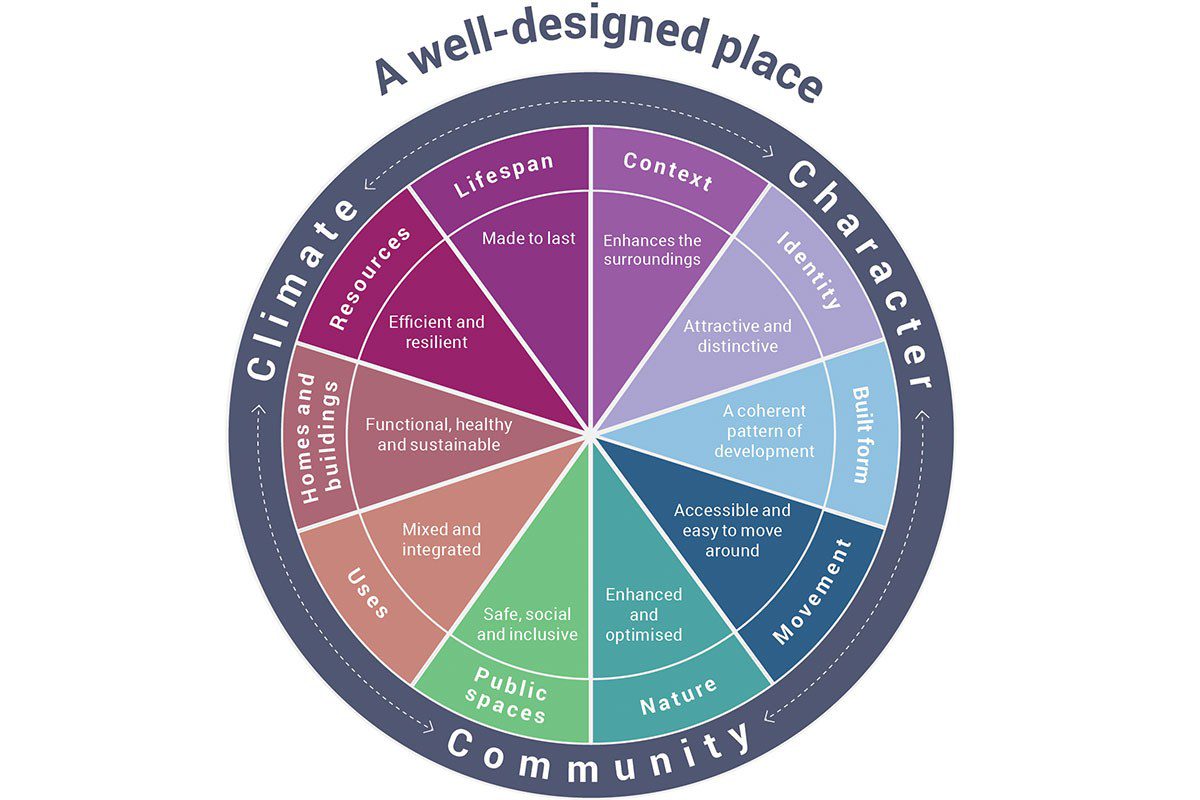
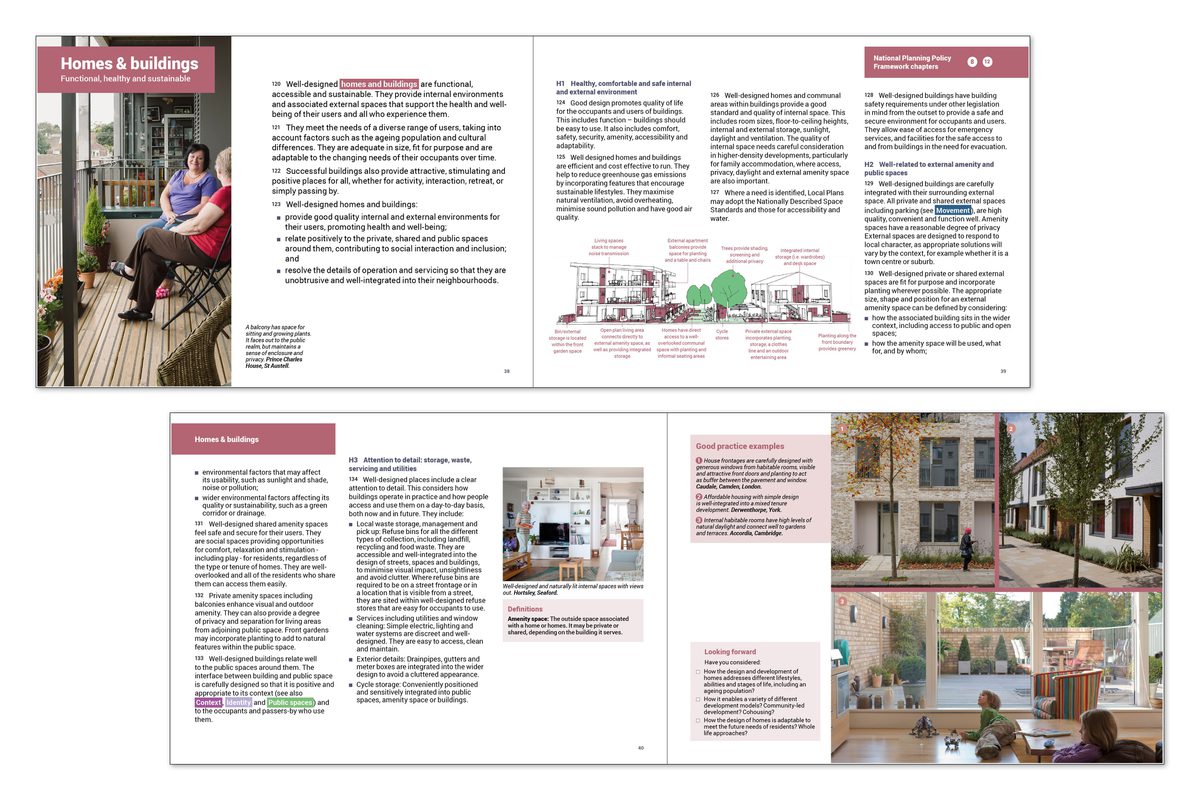
- Project Deliverables:
- National Design Guide
- Client:
- Ministry of Housing, Communities & Local Government (MHCLG)
- Collaborators:
- Design Council
- Location:
- National
- Status:
- Design Guide published October 2019
- Expertise
- Policy and Strategy
- Services
- Design codes and other guidance
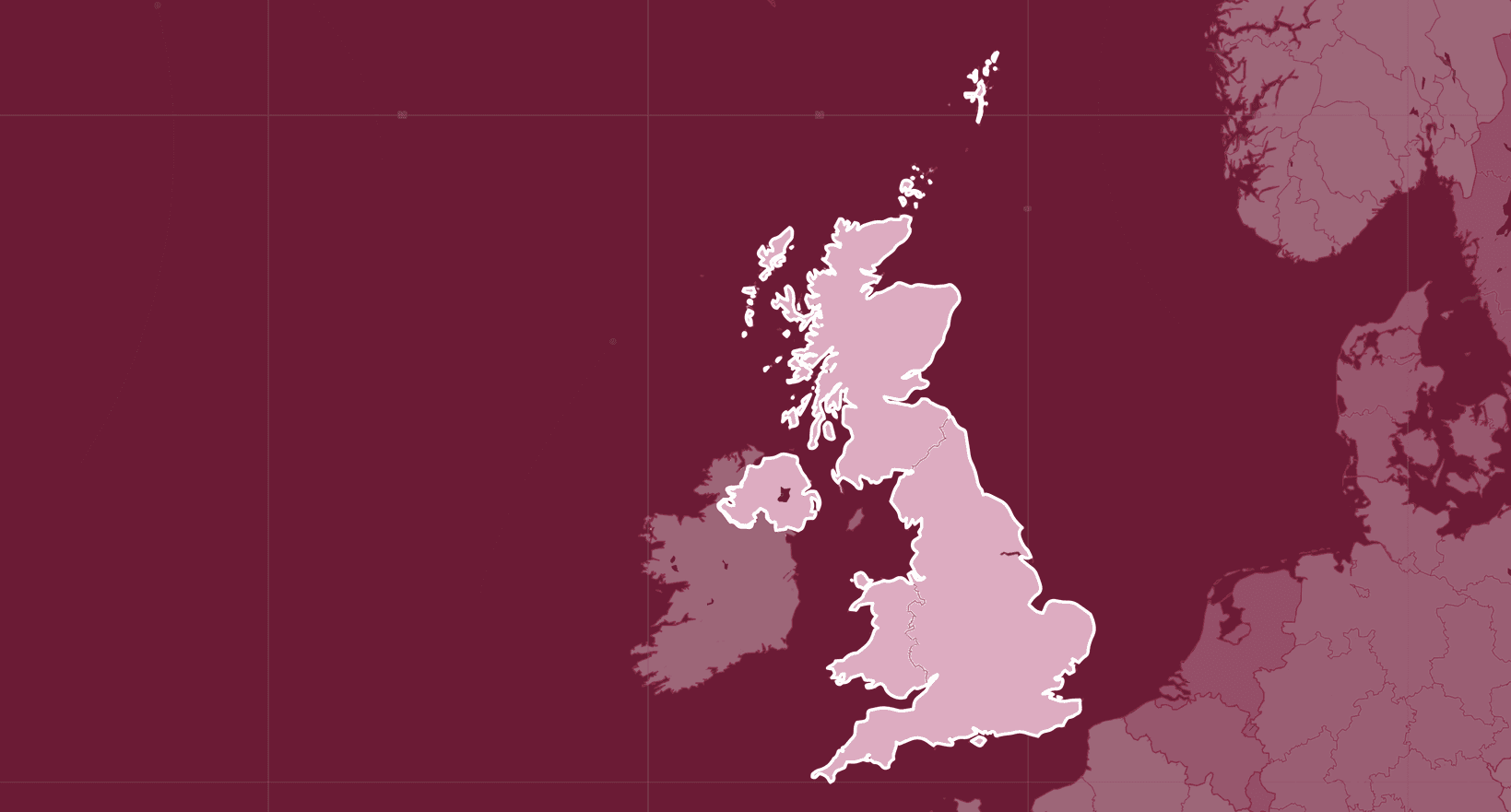
We have heard much support for the government’s recent guidance document Design: process and tools, as well as its new National Design Guide. We warmly endorse both the National Design Guide’s aim – to illustrate ‘how well-designed places that are beautiful, enduring and successful can be achieved in practice’ – and its contents.
BBBBC Report, Jan 2020
The opportunity
In early 2019, MHCLG updated the National Planning Policy Framework (NPPF), and emphasised the importance of design to achieving well-designed places. The web-based suite of national Planning Practice guidance then needed updating.
As part of this, MHCLG wanted a national design guide, to set out and illustrate the government’s priorities for good design in the planning system.
The brief was for a visual design guide, including built examples of best practice. It was to be a succinct and graphic document, based on 10 characteristics of good design. Our role was to work closely with MHCLG on the structure, contents and editorial, and to take a lead on the visual nature of the guide.
Our response
Working with MHCLG, we developed and agreed a brief for the guide, in terms of the audience, the style of document, its size and format. The aim was for it to be concise and easy-to use.
The audience included a broad range of people who are involved in the planning process. At one extreme, professional planners and lawyers who might use it at appeal and, at the other, members of local communities who might be involved in neighbourhood planning. The guide also needed to be relevant to all regions, to different tenures and in different market conditions.
People and placemaking
The guide defines the purpose of good design as being to benefit people - as individuals and collectively as communities. This means all types of users of a place, and people at all stages of their lives and with different abilities.
It makes clear that design is not only what a place looks like, and it isn’t something that can just be bolted onto a scheme. So, while aesthetics play a key role, design is not simply an aesthetic end in itself.
The focus is on placemaking – the ten characteristics contribute towards three over-arching and cross-cutting themes - creating physical character, sustaining community and addressing climate issues.
The guidance applies to all schemes and places, across England. To do so, the guide sets out the purposes and outcomes of good design, but it doesn’t define how to achieve it in detail. For specific and measurable design guidance, it promotes local design guides and codes, which can be tailored to local circumstances, context and character. In the absence of local guides or codes a National Model Design Code would apply.
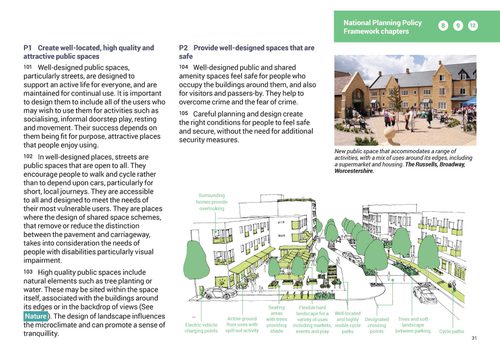
Looking forward
As part of the Planning Practice Guidance, the National Design Guide could not set new national planning policy but had to stay within the NPPF, even though we anticipate continuing social, economic, environmental and technological change.
The ten characteristics change the emphasis and identify new priorities for design that reflect new evidence and changing circumstances in relation to character, community and climate. In particular, Nature, Resources and Lifespan are introduced and Context is highlighted as well as Identity. People’s experience of place is a consistent theme that runs through all of the characteristics.
For each characteristic the guide also incorporates a Looking Forward box. This identifies some emerging issues to consider, in terms of local planning policies, the design process and when proposals are discussed.
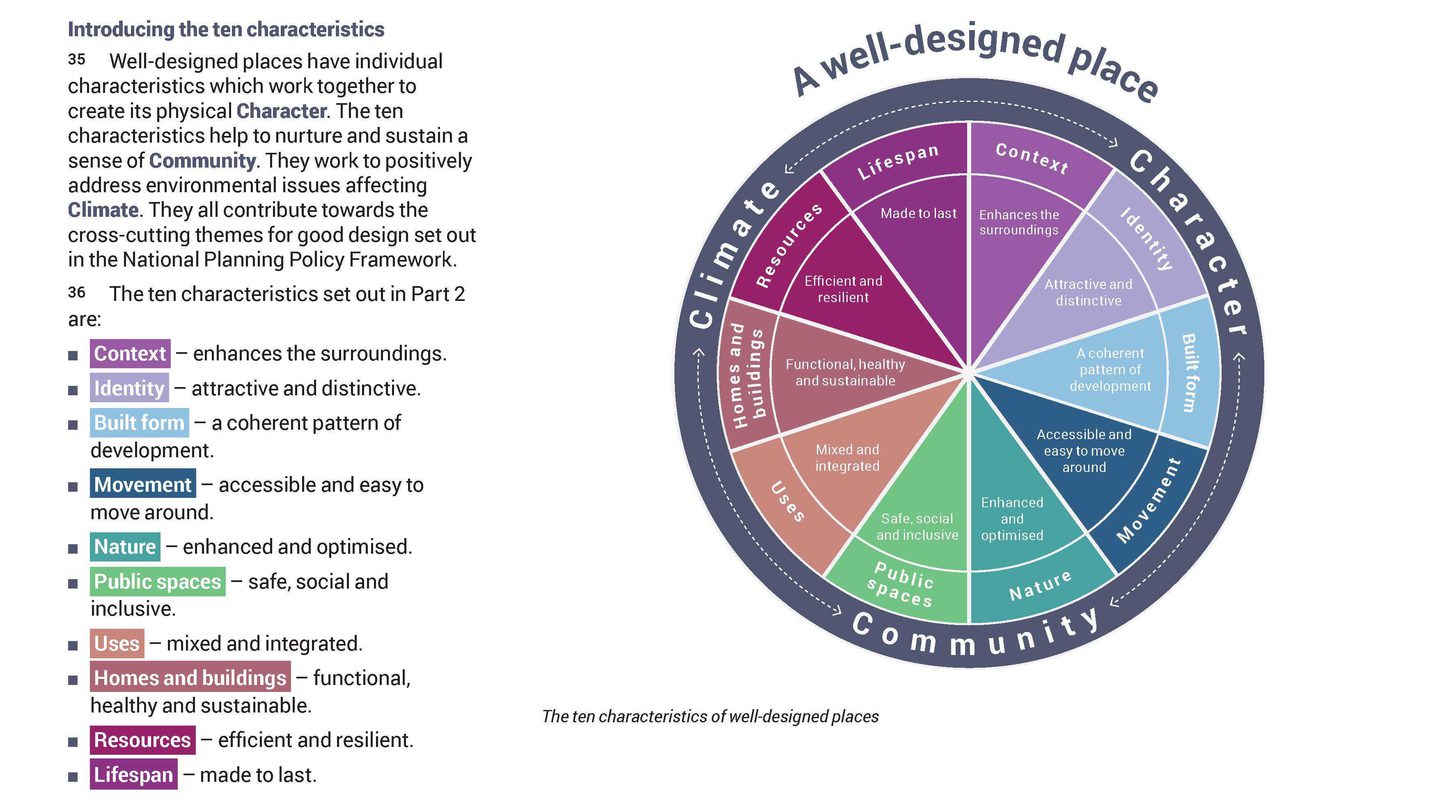
An easy-to-use guide for all users
As part of the Planning Practice Guidance the guide has the status of a ‘material consideration’ whenever design is relevant to assessing planning applications. This gives it weight in the planning system. It also explains good design to non-professional users.
To achieve both of these aims, the language in the final guide is clear and simple, using plain English wherever possible. Where technical terms need to be used for precision, then definitions are provided in boxes on the same page, so they are easy to find.
We identified good practice examples with photographs to illustrate each characteristic – assembling them into a composite good practice illustration to cover the range in terms of geography, tenure and market conditions.
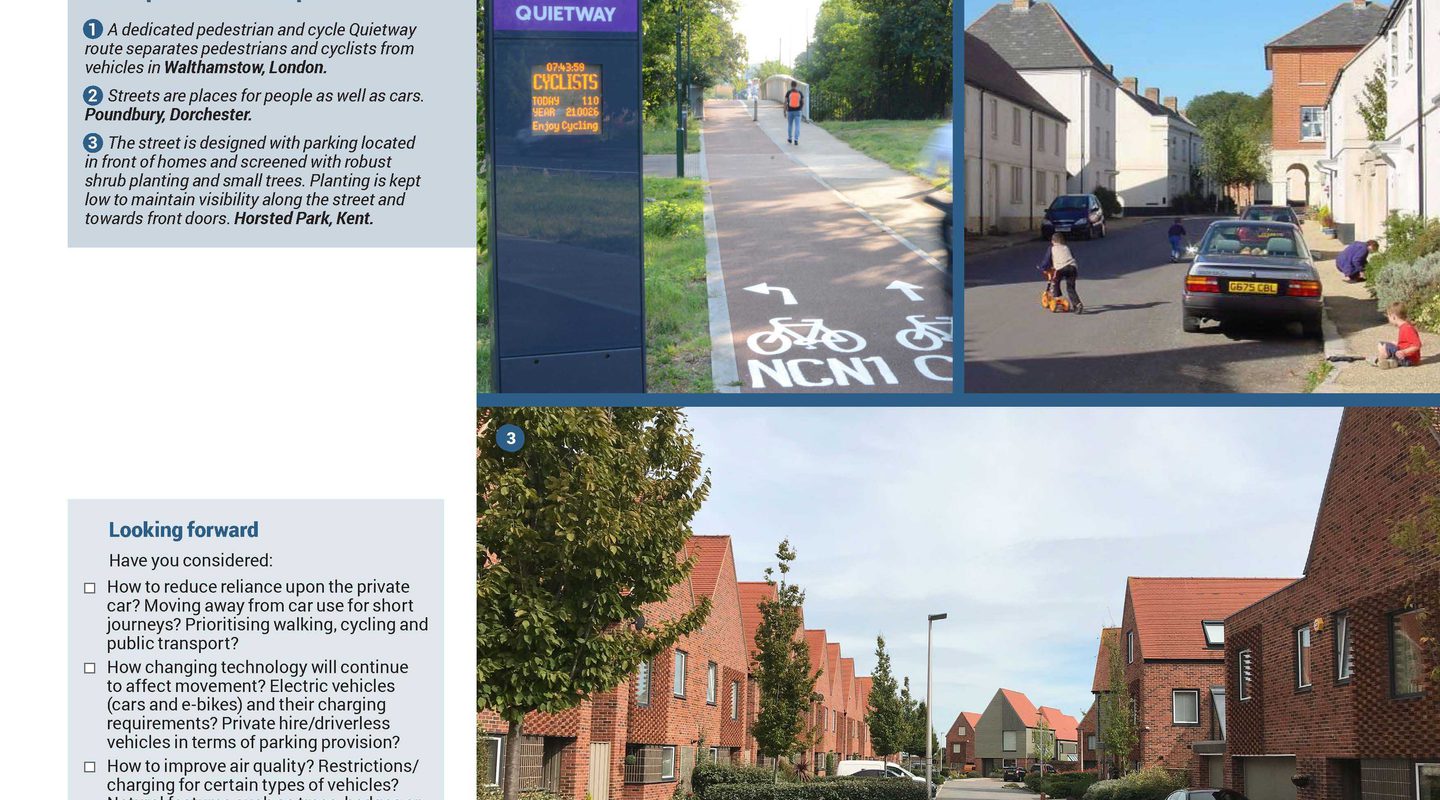
A visual guide
We took a design approach to the guide document so that it would be intuitive to use.
Our approach to the characteristics is summarised in a diagram, which shows how the ten characteristics contribute towards the cross-cutting themes and to a well-designed place. The characteristics are not numbered and may be ordered to suit the audience’s priorities or the circumstances of a proposal.
The guide uses colour to provide effective signposting and cross referencing throughout. Each characteristic is colour coded and has four pages, bookended by large good practice images. An introductory statement is followed by up to three key subheadings.
The guide document is highly visual and it shows what good design looks like in pictures as well as describing it in words. It promotes best practice by using images of built examples with explanatory captions. It is also illustrated with diagrams and sketches as well as photographs.
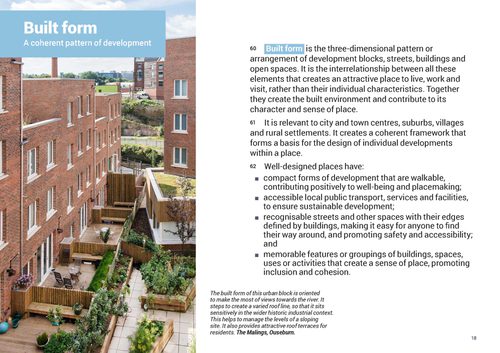
Looking forward
As part of the Planning Practice Guidance, the National Design Guide could not set new national planning policy but had to stay within the NPPF, even though we anticipate continuing social, economic, environmental and technological change.
For each characteristic the guide incorporates a Looking Forward box. This identifies some emerging issues to consider, in terms of local planning policies, the design process and when proposals are discussed.
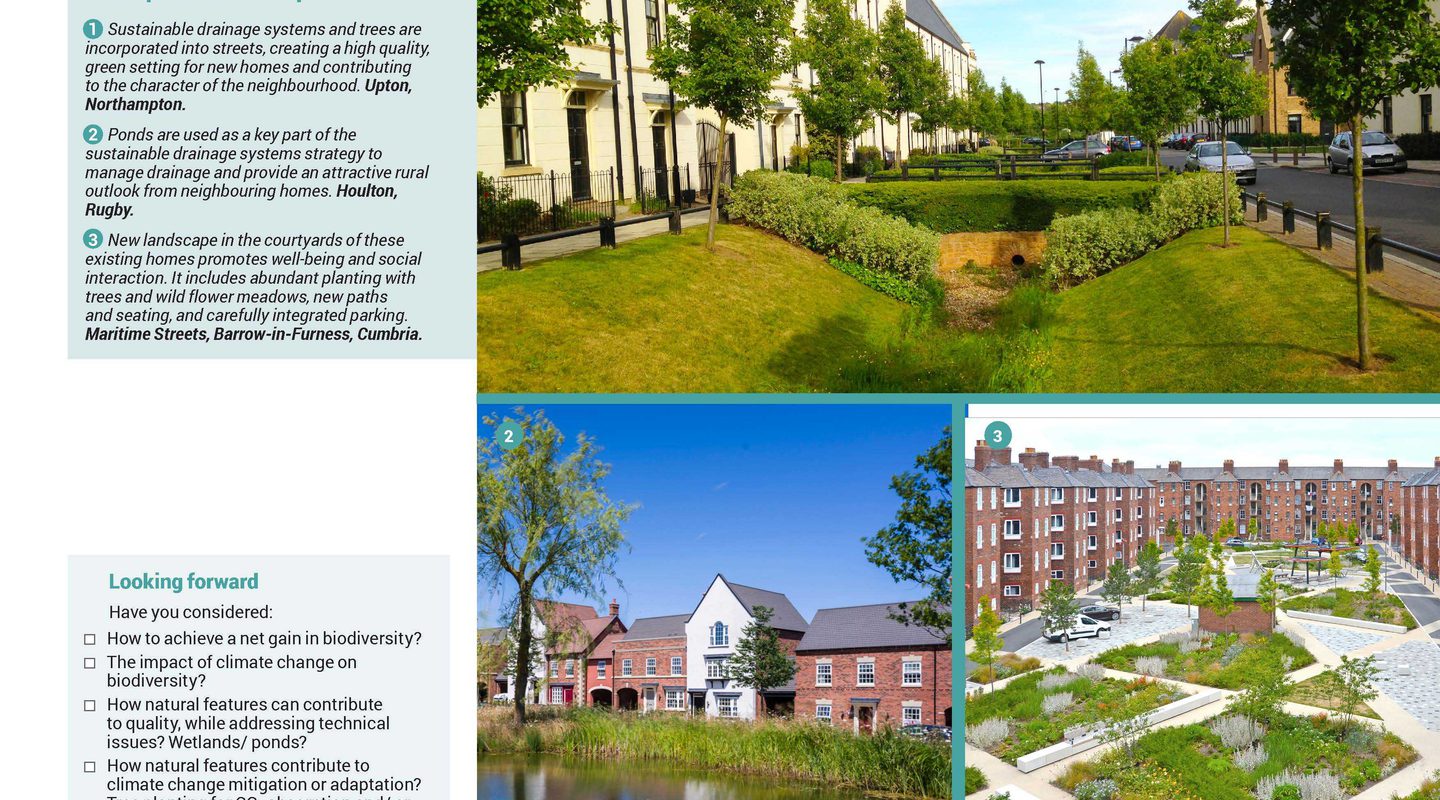
Engaging widely to make rapid progress
MHCLG required a final draft ready for ministerial approval in a twelve -week programme. To achieve this tight timescale, we worked closely and collaboratively with them to shape the structure and contents list for the guide and to draft and edit the text.
A wide range of stakeholders were engaged through two rounds of interactive workshops during the preparation of the guide. These generated a large amount of rich and detailed feedback. Reviewing this carefully, we were able to address many of the points that were raised, so allowing us to focus and refine the contents of the guide very rapidly.
MHCLG also consulted internally, with other government departments and with agencies such as the Planning Inspectorate, before road-testing a final working draft with representatives of key stakeholder groups. They then took the final draft through the ministerial approval before final approval for launch.
The Design Guide was published October 2019.
https://www.gov.uk/government/publications/national-design-guide
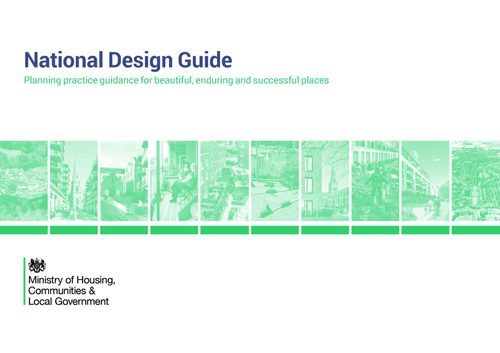
Awards
-
Finalist in the ‘Excellence in Plan Making Practice’ category, RTPI Awards for Planning Excellence 2021
Core Team
Below are some of the key people that worked on this project.
-
 Jane DannConsultant
Jane DannConsultant

Start the conversation...
Learn more about the National Design Guide and other projects by contacting one of our team
Call Jane on 0207 089 2121 or email jane.dann@tibbalds.co.uk